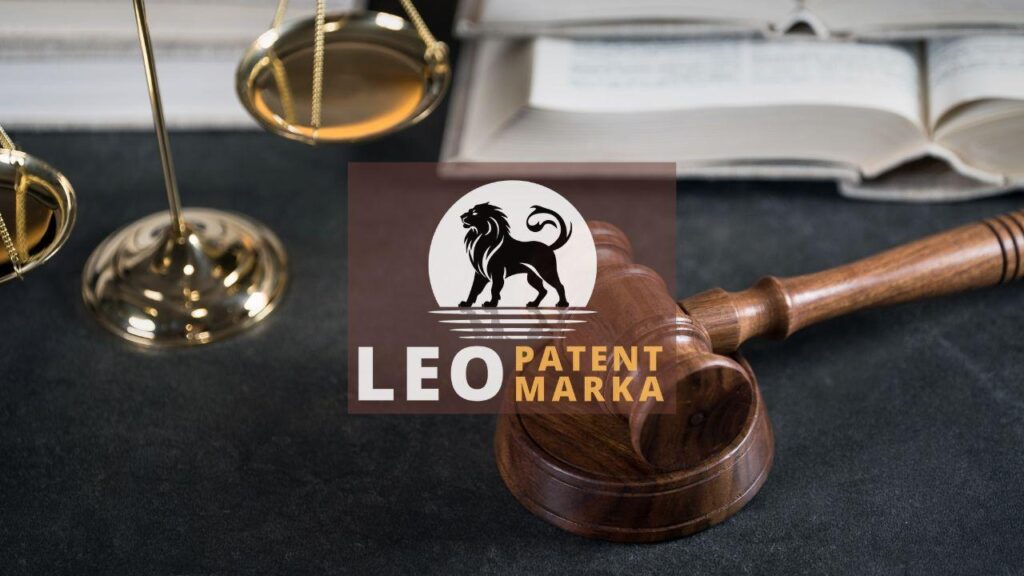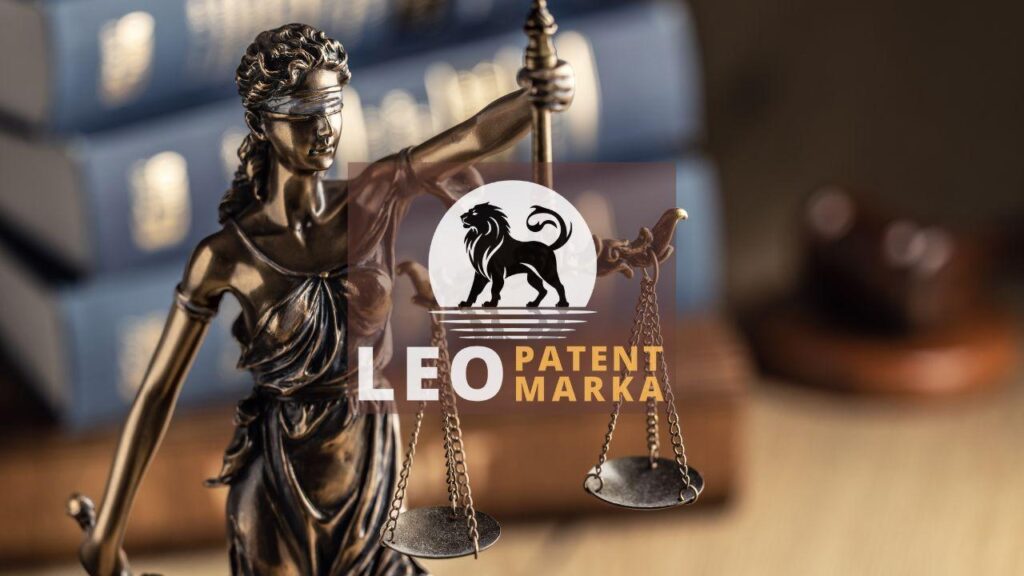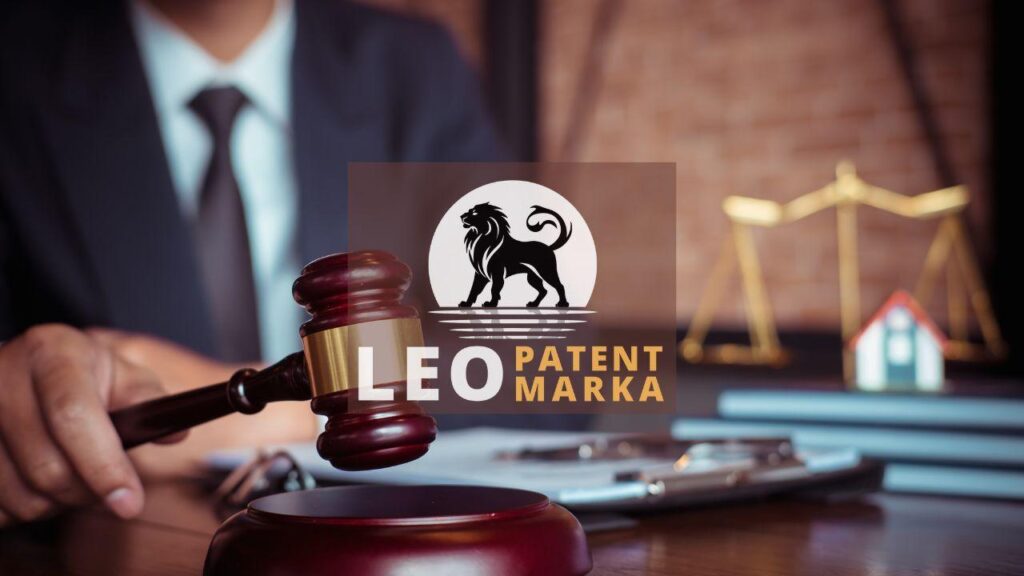In the wake of COVID-19, businesses face new hurdles, and intellectual property issues have taken center stage. The pandemic reshaped how businesses operate, highlighting the crucial need to rethink strategies around IP challenges. With digital landscapes evolving rapidly, Post-COVID businesses must pivot to protect their innovations and ideas. Intellectual property might seem like a dry topic, but in the current climate, it’s as vital as keeping your lights on. The COVID-19 impact on IP has shifted the playing field, making it essential for businesses to stay vigilant and informed. As they navigate these choppy waters, the need to tackle IP challenges head-on becomes evident. From combating increased online piracy to adapting to new patent landscapes, businesses and IP strategies must work hand in hand. In this era, safeguarding intellectual property is not just a legal necessity—it’s a cornerstone for survival and success.
Navigating Intellectual Property Risks in a Changing Landscape
IP challenges have never been trickier, especially for Post-COVID businesses. The shifting landscape has pushed intellectual property issues to the forefront, demanding agile strategies and quick thinking. Imagine intellectual property as a prized treasure chest; now, picture the digital age as a vast ocean. Without a sturdy ship, navigating these waters is perilous. The COVID-19 impact on IP has amplified the stakes with online piracy and unauthorized use soaring. Businesses and IP strategies must now be like a beautifully choreographed dance, perfectly in sync to ward off potential threats. In this digital battleground, being unprepared is like going into a storm without an umbrella—unwise at best, disastrous at worst. Adaptation and vigilance are no longer options but necessary shields against the tide of IP risks that businesses face today.
In the shifting sands of a Post-COVID business world, navigating intellectual property risks requires astute awareness and agile strategy. Think of it like walking a tightrope with the COVID-19 impact on IP hanging over you. It’s as challenging as mastering a complex dance, where one misstep can lead to costly consequences. The rise of remote work and digital interactions has opened Pandora’s box of intellectual property issues, leaving businesses exposed to prying eyes and unauthorized use. Every business must now adopt a hawk-eyed approach, keeping constant watch over their IP treasures. Picture businesses and IP as a well-oiled machine; without regular maintenance, the gears can grind to a halt. Companies must invest time and effort to fortify their IP defenses, ensuring their place in an ever-adapting landscape. In these uncharted waters, knowledge is power, and vigilance is your guiding star.
In the whirlwind of change that Post-COVID businesses face, steering through intellectual property risks is a bit like sailing a ship through unpredictable seas. Businesses and IP strategies need to be firmly anchored, ready to tackle the COVID-19 impact on IP, which looms large like an unpredictable storm. Intellectual property issues aren’t the kind you can ignore, much like you can’t ignore a leak in your boat. Unaddressed, they can slowly sink your enterprise. It’s vital for any business to stitch together a strategy that’s as adaptable as a chameleon, keeping a sharp eye out for the swift changes in the landscape. Like a captain reading shifting tides, businesses need to stay informed and ready to adjust their sails. For those who manage it well, navigating intellectual property risks in a changing landscape isn’t a dreaded necessity—it’s a smart play for securing their future.
Strategies for Protecting IP in a Remote Work Environment
Amid the shift to remote work, businesses now juggle fresh IP challenges. Protecting intellectual property in this new environment means revisiting strategies and adapting to unforeseen threats. Imagine leaving your front door unlocked; that’s what happens when digital defenses are neglected. Companies must double down on security protocols, like encrypting data and verifying employee access. The COVID-19 impact on IP is evident, as cyber threats and data breaches spike. A Post-COVID business can’t afford to take these risks lightly. Virtual tools and technologies offer opportunities but also vulnerabilities. By fostering a culture of vigilance and regularly updating software, businesses can safeguard their intellectual property issues. Ensuring that all remote connections are secure isn’t just a tip—it’s crucial. As businesses and IP policies adjust, staying ahead means more than reacting; it demands a proactive stance to defend ideas and innovations.
In the age of remote work, devising strategies to shield IP challenges has never been more essential. Post-COVID businesses must rethink their frameworks to embrace virtual operations while fortifying their barriers. Take intellectual property issues head-on by rolling out comprehensive employee training on security awareness and effective IP management practices. Think of it like a well-oiled machine, where each employee is a crucial cog ensuring smooth operations by recognizing and mitigating risks. Moreover, businesses and IP networks need technology to step up as allies. Invest in robust firewalls, secure VPNs, and advanced encryption methods to counter the ever-present cyber threats. As the COVID-19 impact on IP persists, periodic audits and compliance checks will be the beacon for consistency and protection. These steps, although technical, are the modern-day armor for safeguarding invaluable company ideas from digital marauders, ensuring that innovations emerge unscathed and ready to lead the charge.
To tackle IP challenges effectively, Post-COVID businesses must build an IP strategy as dynamic as the shifting sands of the digital world. Begin by conducting a thorough risk assessment to pinpoint vulnerabilities specific to this era’s remote work landscape. It’s akin to mapping out a treasure hunt where each potential risk is marked before it can lead to setbacks. Prioritize building a dedicated team or task force responsible for IP management to bridge the gap between legal and technological realms. Businesses and IP teams must collaborate closely to create a robust defense. Regular virtual workshops can keep employees abreast of best practices in intellectual property issues. This proactive training aids in recognizing early signs of infringement or breaches. As the COVID-19 impact on IP continues to reshape norms, an agile, informed approach will act as your business’s compass, guiding you through these tumultuous waters and securing your creative edge.
Emerging Trends in IP Legislation Post-Pandemic
In the Post-COVID business environment, emerging trends in IP legislation are reshaping how businesses tackle intellectual property issues. The COVID-19 impact on IP has spurred new laws focusing on digital innovation and protection. As businesses and IP converge, the need for flexible, adaptive strategies is paramount. Governments worldwide are rewriting the rulebook, emphasizing the protection of digital assets. As the digital footprint of companies expands, so does the risk of online theft and piracy. In many regions, laws are tightening to ensure that innovations remain safeguarded. This new legal landscape demands that businesses keep an eye on legislative shifts. At the heart of these changes is a drive to balance innovation with regulation, ensuring ideas are not stifled but protected. Adapting to these alterations is no longer just advisable—it’s essential for thriving in this dynamic period.
A significant shift has been observed in several emerging markets where IP challenges push businesses to rethink their approaches. As the COVID-19 impact on IP shapes fresh legislation, companies must align their practices with new norms. The Post-COVID business environment demands agility and foresight, particularly in intellectual property issues. Firms are increasingly urged to craft strategies that anticipate changes in IP law while cultivating innovation. Many businesses and IP strategies are evolving together—adapting not only to regulations but also to the technological advances fueling them. For instance, remote work proliferation has unwittingly paved the way for novel IP challenges. Businesses must now tackle open-source software complexities, often overlooked before. In this new terrain, those who understand and adapt will hold the keys to resilience. Keeping intellectual property safeguarded means embracing an ongoing learning curve, tackling these issues with open eyes, and stronger resolve.
In light of the pandemic’s reverberations, businesses have witnessed a surge in innovative partnerships and collaborations, marking a fresh horizon in managing intellectual property issues. As companies delve into dynamic alliances, sharing knowledge and resources becomes pivotal. Yet, this interconnectedness heightens the complexity of IP challenges. With the COVID-19 impact on IP, collaboration necessitates clearly defined agreements to safeguard interests while fostering innovation. Post-COVID, the business world is weaving a complex tapestry where ideas freely blend, but where intellectual rights must stay distinctly outlined. This wave of collaboration urges businesses and IP policies to be both malleable and robust. Companies are compelled to not only ride the tide of digital transformation but to actively chart it. The blend of creativity and legality, in these times, isn’t just wishful thinking—it’s the crux of navigating a new era smartly, to thrive amid the inevitable twists and turns.
Disclaimer: This article is for general information purposes only and it is recommended that you consult experts and companies in that field to evaluate your specific situation. We are not responsible for any damage that may arise from the use of the information in this article.







